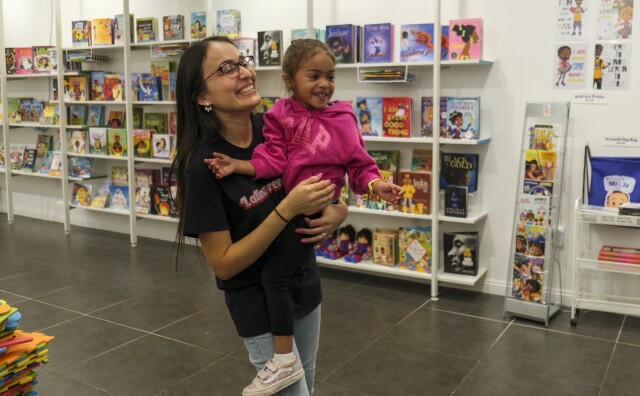With Pandemic-Era Benefits Gone, Child Poverty Shot Up In California

Poverty increased most sharply among California families with young children in 2022 as many pandemic-era policies ended, according to a new analysis by the California Budget & Policy Center.
While poverty rose by 49% among all Californians from 2021 to 2022, it rose 143% for households with children 3 and under and 166% for those with children 5 and under.
“There's a number of reasons, but I think that it's key to point out that the Expanded Child Tax Credit ended in 2021,” said Laura Pryor, senior policy fellow with the California Budget & Policy Center.
Under the American Rescue Plan, the federal child tax credit was temporarily expanded, increasing the credit from $2000 to $3600 for children under 6, and from $2,000 to $3,000 for children under 18.
Even before the pandemic, research showed that children are most likely to live in poverty as parents have struggled to meet basic needs, particularly among Black, Latino and Native American families. During the pandemic, caregivers lost jobs, or, as childcare facilities closed, ended up leaving jobs to care for their children.

Pryor said at the federal level, measures like reinstating the expanded tax credit and making sure the Special Supplemental Nutrition Program for Women, Infants, and Children (WIC) is fully funded can help.
At the state level, her center is calling for expanding the state’s first-ever “baby bonds” program to all low-income children. The program included one-time funding to create interest-bearing accounts for foster youth and children who lost a primary caregiver during COVID-19.
“I think a lot of families are still largely recovering from the economic impacts of COVID-19, and that ongoing support due to those impacts are still needed,” Pryor said.
-
Stephanie Moran Reed had to say goodbye in January to the bookstore she founded with her husband. The MiJa Books owner opens up on customer experiences, mom guilt, and a favorite book recommendation.
-
Madeline wrote to the county in mid-November asking for approval to have a unicorn in her backyard. Now the hunt begins.
-
#Snapback perpetuates unrealistic postpartum expectations.
-
Prowl with P-22, trace the life of a famed Black architect, Paul R. Williams, and meet a flower-spouting monster. There’s an illustrated story for readers of all kinds.
-
One L.A. County child care provider is turning decades of experience into videos that resonate with caregivers across the country.
-
Sharpen your pencils and open your spreadsheets. We’re going to talk about pregnancy and work — from family leave to accommodations during pregnancy, and where you can pump when you return to work.






